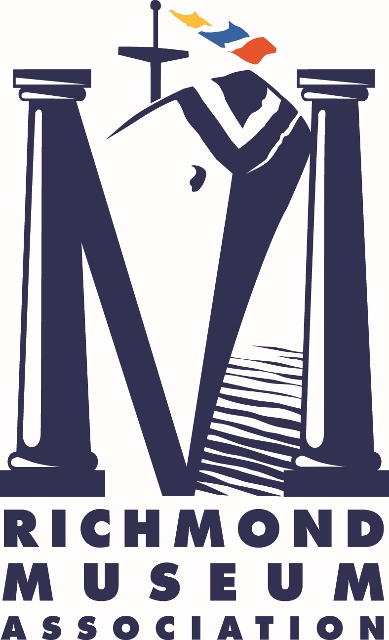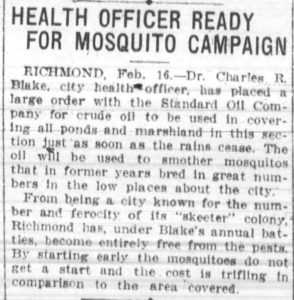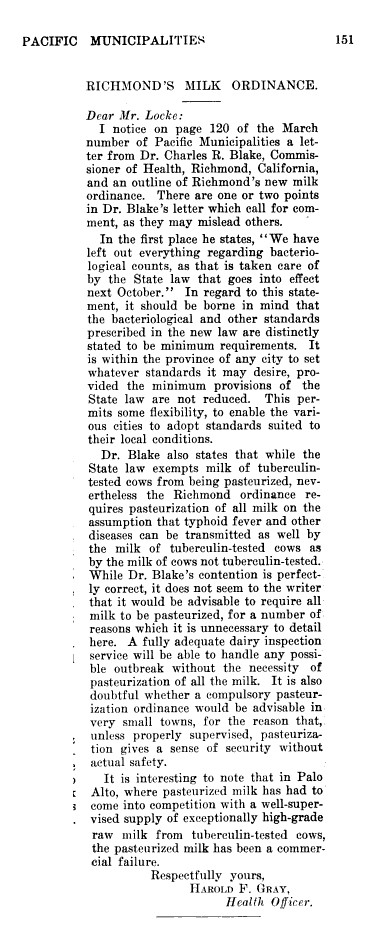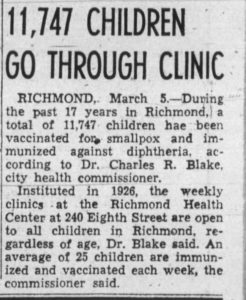RMHC is Hiring!!
Richmond Museum of History & Culture
Position Announcement
Part Time Museum Educator
The mission of the Richmond Museum of History & Culture (RMHC) is to interpret, preserve and educate about local history in the greater Richmond, CA area. The Museum is housed in a Carnegie Library and owns a significant collection of historical material and documents related to local history. The permanent collection was established in 1950 and is comprised of a variety of materials including textiles, fine art, archaeological collections, historical artifacts, documents, photographs.
The RMHC was awarded funds through the Economic and Community Investment Agreement program to support the museum education program focused on local K-12 classrooms. In response to the COVID 19 epidemic the museum will develop a distance learning program with educational films and virtual tours of the museum exhibits.
Responsibilities
The Museum Educator(s) will be responsible for several tasks related to the distance education program including: collaborate with staff and videographer to create short educational films, refining the existing teachers guide, coordinating and implementing virtual field trips, conducting evaluations for students and teachers. The Community Engagement Manager is the lead on this project and the educator position reports directly to them.
Desired Qualifications
- Bachelor?s Degree in history, art, anthropology or related field
- Teaching or Museum Experience desired
- Interest California History
- Local candidates preferred
- BIPOC candidates strongly encouraged to apply
The position pays $15-$18 hourly and is 10-20 hours per week depending on teacher demand. The position lasts through the end of school year in June 2021. Successful candidate must pass a background check.
To apply please send a letter of interest, resume and three references in pdf format to Evelyn Santos Community Engagement Manager at Evelyn@richmondmuseum.org. Applications will be accepted until 5:00 PM on Friday August 7, 2020.

 We hope you enjoy this most recent issue of the MIRROR newsletter. Thanks so much for the entire newsletter team for coming together to publish this issue during the COVID-19 pandemic.
We hope you enjoy this most recent issue of the MIRROR newsletter. Thanks so much for the entire newsletter team for coming together to publish this issue during the COVID-19 pandemic.










